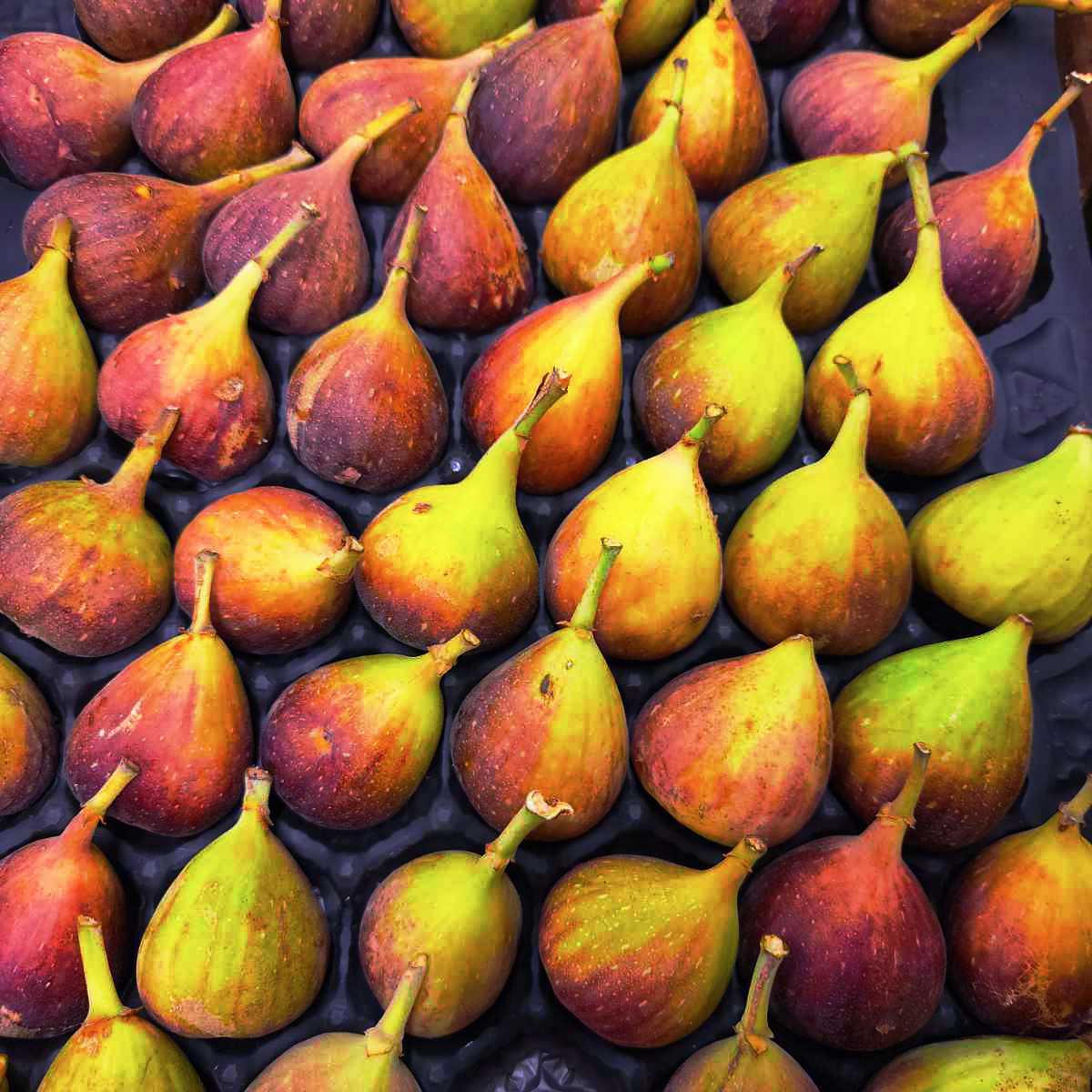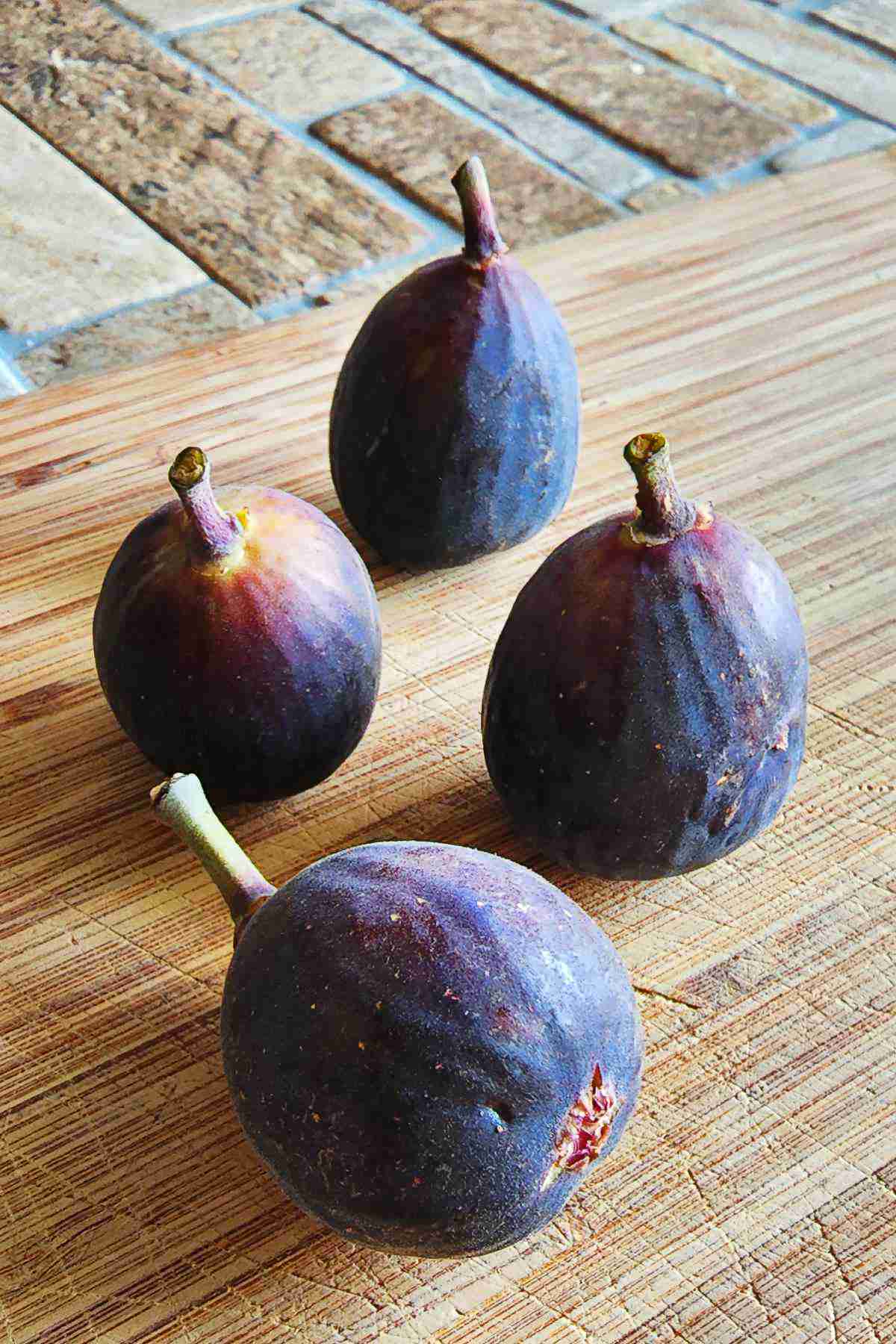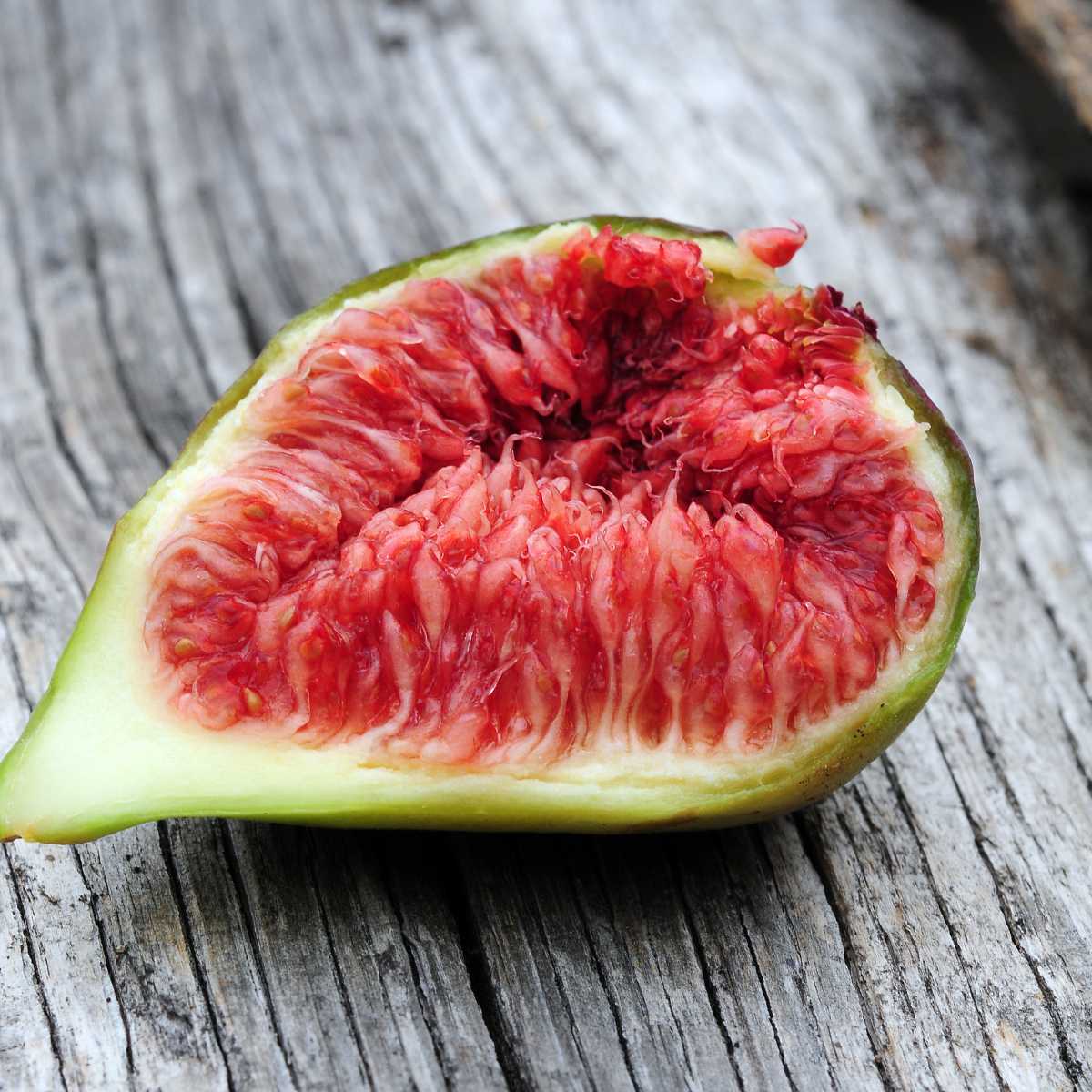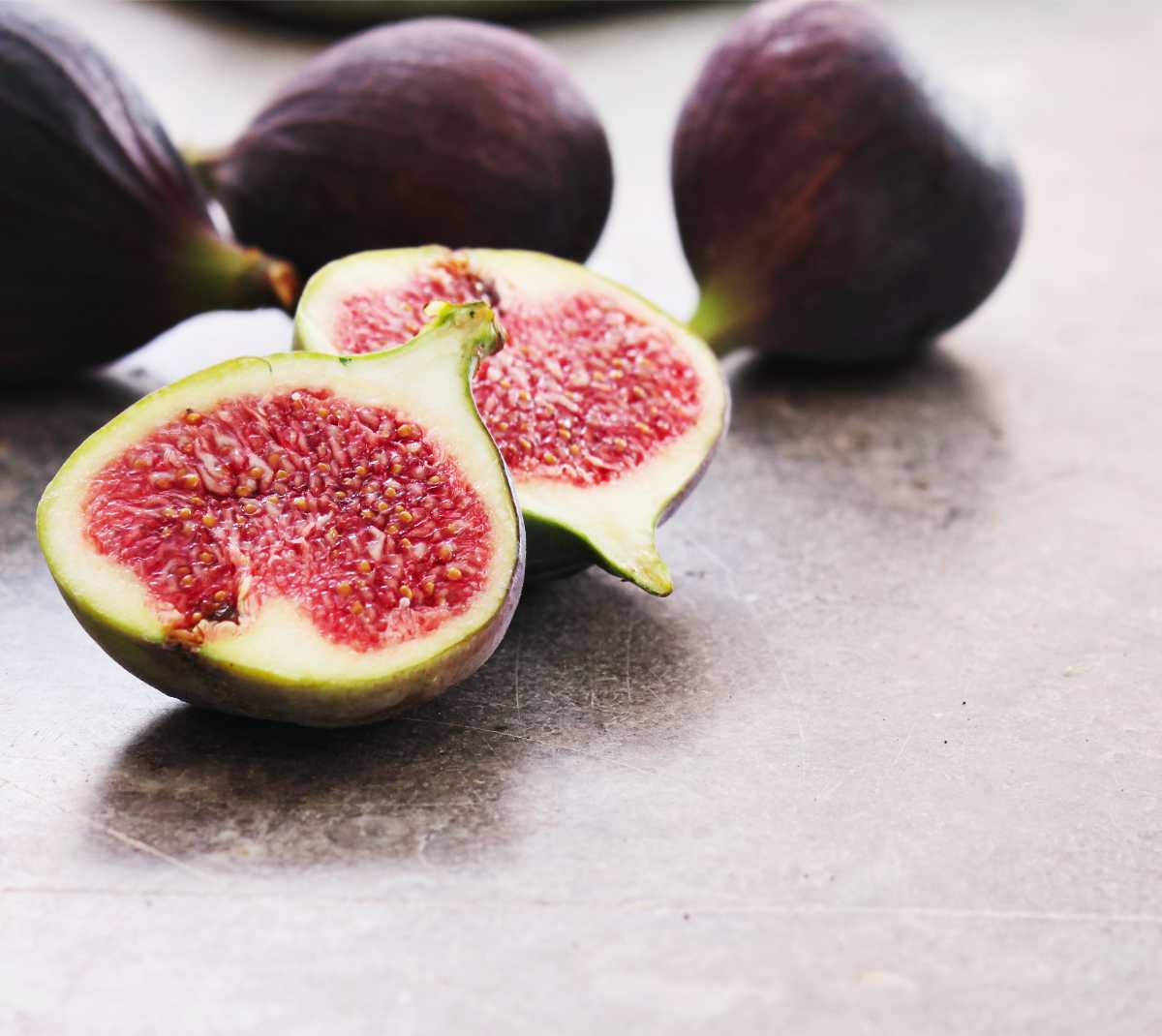Figs are one of nature's oldest and most cherished fruits. Known for their honey-like sweetness and tender texture, they've been part of human diets since ancient times. Every fig season brings a short but flavorful window to enjoy fresh figs at their best - soft, fragrant, and rich in natural sugars.

The Short and Sweet Fig Season
In the U.S., figs are in season from May through October, though timing varies by climate and fig type. Warm regions like California and Texas experience an earlier start, while cooler zones in the Midwest or Northeast see a later harvest. Understanding how and when figs ripen helps you catch that perfect moment when flavor, texture, and aroma align.
⬇️ Table of Contents
- The Short and Sweet Fig Season
- Understanding How Figs Ripen on the Tree
- When Figs Are in Season Across the U.S.
- Popular Fig Varieties and Their Flavor Profiles
- How to Tell When Figs Are Ready for Harvest
- The Role of Climate in Fig Ripening
- How to Store Figs and Keep Them Fresh
- Dried Figs vs. Fresh Figs: Two Ways to Enjoy Figs All Year
- Tips for Extending Your Fig Season
- Frequently Asked Questions
- Posts to Visit
Understanding How Figs Ripen on the Tree
The ripening process of this delicate fruit happens entirely on the fig tree, and once picked, figs do not continue ripening. That makes timing crucial for enjoying ripe figs.
Two Key Harvests
Most trees produce two harvests a year:
Breba Crop (Early Summer): The smaller first crop that grows on last year's wood.
Main Crop (Late Summer): The larger, sweeter batch that grows on new wood, marking the true season for figs.
During ripening, figs soften gradually - starting from the bottom, where sugars develop first, and moving toward the top. The skin and pulp change color and texture, turning supple but not mushy. The best ripe figs hang down slightly, feel soft to the touch, and release a hint of nectar at the stem.
When Figs Are in Season Across the U.S.
While the general fig season runs from late spring through fall, different regions enjoy their peak at distinct times.
Regional Fig Seasons
| Region | Season Window | Typical Varieties |
| Southwest (CA, AZ, NM) | June - October | Black Mission, Brown Turkey, Kadota - thrive in warm, dry climates. |
| Southeast (FL, GA, TX) | July - October | Celeste and Brown Turkey figs ripen well in humid weather. |
| Midwest & Northeast (IL, NY, PA) | August - September | Chicago Hardy figs grow successfully in cooler climates. |
| Pacific Northwest (OR, WA) | August - September | Desert King and De Bordeaux varieties adapt to shorter summers. |
This range means that no matter where you live, there's a time when figs in season can be found fresh at farmers' markets or specialty stores.
Popular Fig Varieties and Their Flavor Profiles
There are dozens of fig varieties, each with a unique flavor, color, and ripening time. Here are some of the most loved in the U.S.:
- Black Mission Figs: Deep purplish-black skin, rich jam-like flesh, and a bold, honeyed sweetness.
- Brown Turkey: Known for a mild, nutty flavor and long availability through the growing season. Excellent for those learning to grow figs.
- Kadota Figs: Pale green skin with soft amber flesh and a mildly sweet flavor. Great for drying or canning.
- Sierra Figs: Green-skinned with pink flesh and smooth, sweet flavor ideal for salads and desserts.
- Chicago Hardy: Cold-tolerant tree that produces small, flavorful black figs late in the season.
- Desert King: Performs well in cooler climates, producing a single large summer crop.
- De Bordeaux: Compact tree with dark, jammy fruit perfect for small gardens.
Each specific variety has its own personality, but all share the same soft, juicy pulp and signature sweetness that makes them irresistible.
How to Tell When Figs Are Ready for Harvest

Knowing the signs of a ripe fig helps ensure your fruit tastes its best. Here's what to look for before you pick figs:
- Soft to the Touch: Gently squeeze the fig - it should feel tender, not firm.
- Drooping Neck: Fully ripen figs hang down slightly from the branch.
- Color Change: Green figs mature into shades of purple, brown, or yellow, depending on the variety of fig.
- Honey Drop: A drop of syrup may form at the bottom of the fig, a sure sign it's ready for harvest.
Avoid picking too early - once removed, figs do not continue to ripen because they produce little ethylene gas. A fig picked too soon will lack sweetness, while an overripe one may feel mushy and split open.
The Role of Climate in Fig Ripening

Climate is one of the biggest factors in how figs ripen and taste.
- Warm climates (like California) encourage faster sugar development and a more pronounced sweet flavor.
- Cooler climates delay the ripening time, producing smaller but often richer-tasting fruit.
- Dry weather enhances sweetness, while humidity can shorten shelf life and cause cracking.
Ideal growing conditions include full sunlight, well-drained soil, and minimal frost. With care, anyone can grow figs successfully - even in northern states, where container-grown trees can be brought indoors after the fig harvest.
🔗 Alabama Cooperative Extension System - Fig Production Guide
URL: https://www.aces.edu/blog/topics/crop-production/fig-production-guide/
How to Store Figs and Keep Them Fresh

Because figs are delicate, they must be handled carefully after harvest. Proper storage extends their shelf life and preserves their natural flavor.
- Store figs in airtight containers in a dry place or refrigerate immediately.
- Separate layers to prevent bruising; figs are still soft and sensitive.
- Consume fresh figs within three days for the best flavor.
- Use dried figs for long-term storage - they retain much of their flavor and nutritional benefits.
For creative uses, overripe figs make excellent fig jam, adding depth to sauces and pastries.
Dried Figs vs. Fresh Figs: Two Ways to Enjoy Figs All Year
When fresh figs are no longer available, dried figs fill the gap. Drying concentrates the fruit's natural sugars, giving it a chewy, caramel-like texture and long storage potential.
- Fresh figs: Soft, juicy, and best enjoyed immediately after picking.
- Dried figs: Perfect for baking or snacking year-round. Store them in airtight containers to keep their jam-like richness.
Both versions let you enjoy figs beyond the short harvest window, though fresh figs always capture the essence of figs at their peak.
Tips for Extending Your Fig Season
If you love figs, you can stretch your fig season with these methods:
- Plant multiple varieties: Mix early and late-ripening types to extend your growing season.
- Prune properly: Encourage both the breba crop and the main crop for maximum yield.
- Use containers: Grow fig trees in pots if you live in cooler climates, moving them indoors during frost.
With proper care and patience, even home gardeners can harvest figs across several months of the year.
Frequently Asked Questions
California enjoys one of the longest fig seasons, from June through October, featuring Black Mission figs, Kadota figs, and Brown Turkey varieties.
When ripe figs are soft, drooping, and fragrant, they're ready to be picked. If they're still firm, wait another day or two.
No, they don't. The understanding of the ripening process explains that figs stop maturing once detached from the tree.
Turn them into fig jam or use them in baked goods. Their jammy texture makes them perfect for spreads or sauces.
In Summary
The short fig season reminds us that some of life's best flavors are fleeting. Whether you prefer fresh figs eaten straight from the fig tree or dried figs enjoyed year-round, timing makes all the difference.
When figs ripen naturally, their sweet flavor and tender pulp capture the warmth of summer in every bite. So the next time you see figs in season, take the chance to savor them - soft but not mushy, fragrant, and perfectly ripe.





Leave a Reply